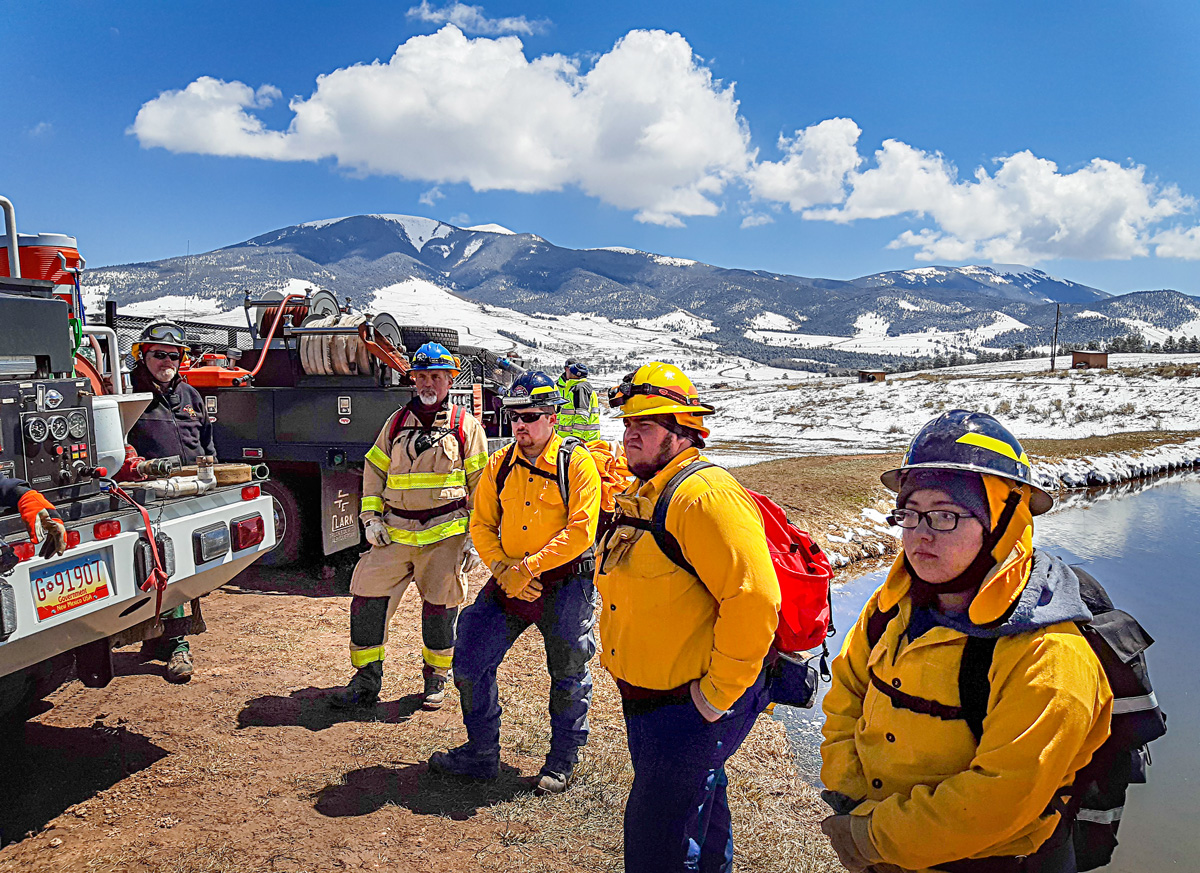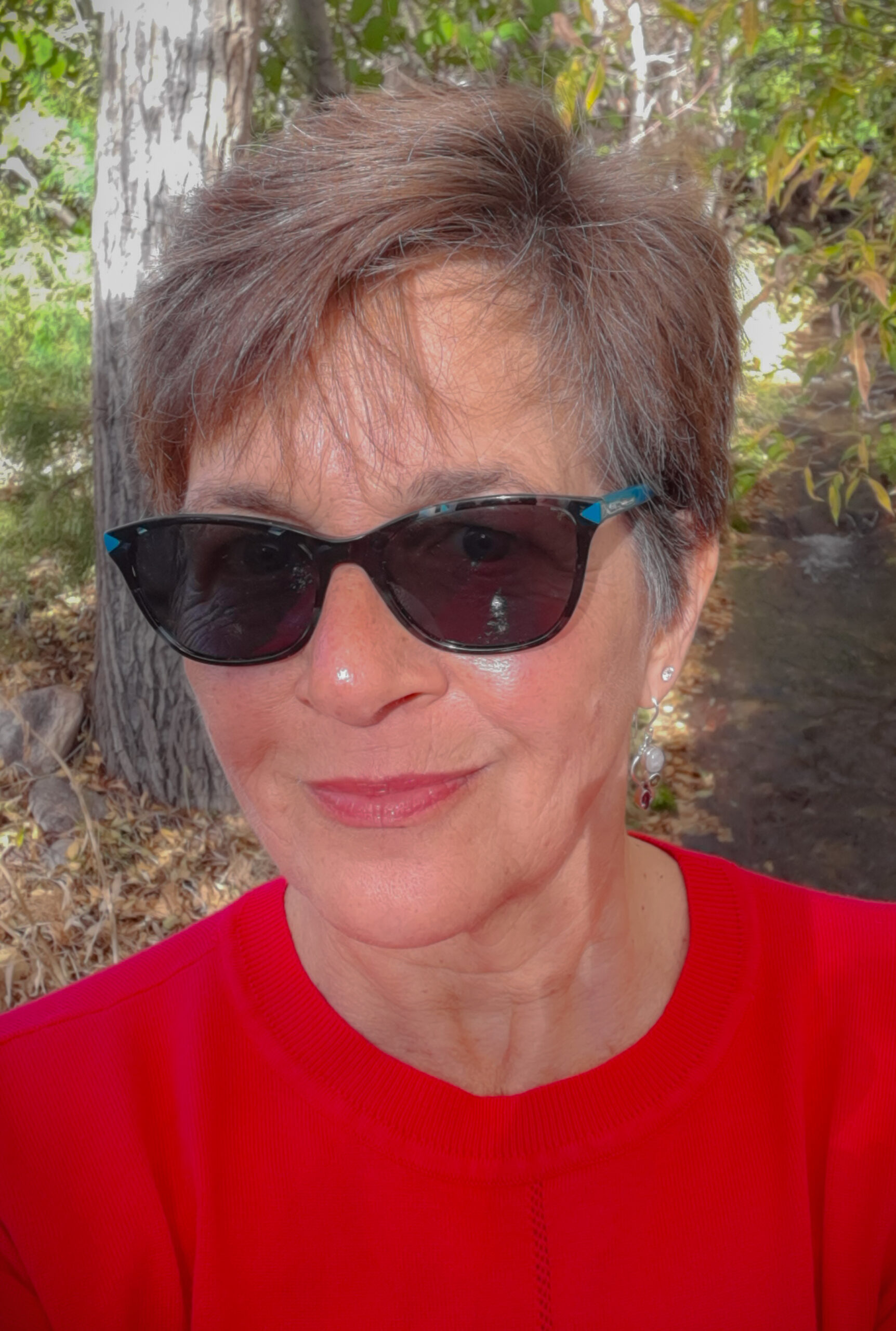By CYNTHIA NAJIM, Latir Volunteer Fire Department
Wildland firefighting is unquestionably the most grueling and dangerous role of any emergency public service. The harsh conditions alone require extreme physical and mental fitness. Wildland firefighters frequently put in long hours of heavy physical labor in unfriendly and remote environments with intense heat and smoke, poor visibility, limited water resources, and steep challenging terrains, often at high elevations. Firefighter safety depends on intensive advance training and pre-planned organizational structures and procedures for any eventuality. On large project fires where experienced crews from different states are deployed to massive wildland fires for days and even weeks, following those protocols can literally make the difference between life and death.
In north central New Mexico, a professional organization works with great dedication behind the scenes to prepare local firefighters. The Enchanted Circle Regional Fire Protection Association (ECRFPA), founded in December 2001, brings together fire department chiefs every month from Taos, Colfax, and Rio Arriba counties to discuss concerns and collaborate on a variety of initiatives. One key area is training.
Every spring, the ECRFPA offers the S-130/S-190 Wildland Firefighter Type 2 (FFT2) training, held on a 1,400-acre private ranch near Elizabethtown in Colfax County. Graduates of this concentrated program become certified as entry-level FFT2s. In 2020, the course was suspended due to the COVID-19 pandemic but it resumed this year, and filled two separate classes, one in March and one in April. This increased interest in wildland fire service directly benefits all community businesses and residents.
“In our smaller and rural communities, not any one fire department can take care of all the fires in their district by themselves. They must rely on help from neighboring agencies,” emphasized Assistant Chief Clayton Coss of the Wheeler Peak Fire District, and coordinator of this year’s S-130/S-190 training. “As an association, we are all on the same Enchanted Circle team, which is a slam dunk.”
Effective firefighting necessitates an intricate web of resources and skill, for which meticulous planning, practice, and teamwork are essential. The S-130/S-190 encompasses 12 classroom hours with exams and two consecutive 9-hour days of field exercises. Skills include weather observations, hand tool and line construction, mobile attack, firing tools and techniques, engine operations, fire shelter deployment, and more. It is a rigorous yet rewarding experience. Many graduates acquire subsequent training to join elite fire crews, such as the Red River Fire Chasers or the Hotshots. Others (including this writer) continue serving their local volunteer fire departments, who are always looking for reliable recruits.
For 26 of the 28 years the program has been offered, no matter when the training is scheduled, the weather has been snowy and cold. The recent March and April sessions were no exceptions, further testing the commitment of each participant.
To date, the ECRFPA has certified approximately 600 FFT2s, and also coordinates an annual structure fire training course, the popular Mini-Academy. Enchanted Circle Regional Fire Protection Association http://www.ecrfpa.org/
Email: e-c-fire@usa.com




